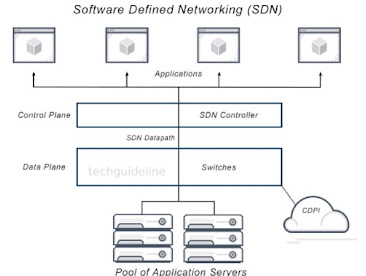local area network
A local area network (LAN) is a collection of devices connected together in one physical location, such as a building, office, or home. A LAN can be small or large, ranging from a home network with one user to an enterprise network with thousands of users and devices in an office or school.
Regardless
of size, a LAN's single defining characteristic is that it connects devices
that are in a single, limited area. In contrast, a wide
area network (WAN)
or metropolitan area network (MAN) covers larger geographic areas. Some WANs
and MANs connect many LANs together.
A LAN comprises cables, access points, switches, routers, and
other components that enable devices to connect to internal servers, web
servers, and other LANs via wide area networks.
The rise of virtualization has also fueled the development of virtual LANs, which enable network administrators to logically group network
nodes and partition their networks without a need for major infrastructure
changes.
For
example, in an office with multiple departments, such as accounting, IT
support, and administration, each department's computers could be logically
connected to the same switch but segmented to behave as if they are separate.
The advantages of a LAN are the same as those for any group of
devices networked together. The devices can use a single Internet connection,
Share files with one another, print to shared printers, and be accessed and
even controlled by one another.
LANs were developed in the 1960s for use by colleges,
universities, and research facilities (such as NASA), primarily to connect
computers to other computers. It wasn't until the development of Ethernet
technology (1973, at Xerox PARC), its commercialization (1980), and its
standardization (1983) that LANs started to be used widely.




Comments
Post a Comment